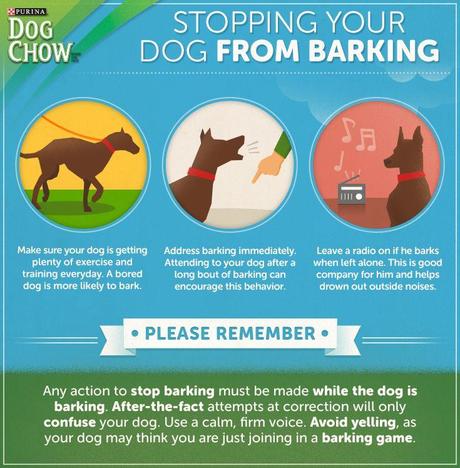
Extensive vocalization means out of hand, excessive barking, whining or crying, often happening at inappropriate times of the night or day. Such vocalization may be as an effect of pain, poor health, cognitive dysfunction syndrome (CDS), or could be related with a decline in hearing in senior pets.
CDS is often linked to night waking, at some point which excessive vocalization occurs. Dogs that are bred for work and high energy activities may be prone to excess barking.
Check out Be a Good Neighbor and Prevent Your Dog’s Barking from Disturbing the Peace
Unwarranted barking can also be associated to behavioral conditions, which may be managed by behavior modification training. In addition, there are some dog breeds that are more well-known for excessive and inappropriate barking. Many breeds of terrier, like the Yorkshire and Silky terriers, are disposed to barking with no cause and may make the most of behavioral adjustment training.
Symptoms and Signs
Night vocalizations in senior dogs:
- Excessive barking in working-breed dogs
- Excessive barking in high energy, nervous dogs
- Vocalization brought on by pain or illness
- Vocalization troublesome to owners or others (neighbors)
Triggers
- Health-related: disease, pain, CDS
- Anxiety or conflict
- Alarm barking – as a result of novel stimuli
- Territorial – warning or guarding reaction to sounds from outdoors
- Social or attention-seeking behavior that is bolstered by verbal commands or return of owner to room
- Distress vocalization (like howling or whining) – usually because of separation from mother, family, social group or owner
- Growling may be linked to antagonistic displays
- Stereotypical behaviors or compulsive disorders
- Breed – genetic characteristics
Diagnosis
If your dog’s increased vocalization is atypical, you must have health problems eliminated before taking into account behavior modification. The vet can carry out a full medical work-up, including a chemical blood profile, complete blood count, urinalysis and electrolyte panel, as well as a complete physical exam. A possible incident that may have led to this situation is likewise considered, and a complete history of your dog’s behavioral health prior to the symptoms will be considered.
It’s imperative to rule out a non-behavioral, physical reason behind the vocalization first. Imaging can be useful for ruling out medical/neurological disorders.

Stopping Your Dog from Barking *
Treatment
A plan must be developed which is tailored to suit your dog and your personal living situations, your household, and the sort of predicament, being sure to try and determine the underlying cause before behavioral modifications will begin.
Don’t underline the vocalization. This consists of punishing the behavior, which is still considered to be attention. As an alternative, positively reward your dog when he is calm and quiet and lead by example by remaining calm as well. In addition, counter-condition your dog to calm down when stimulated. Training your dog to be quiet on command is going to be a priority.
To prevent your dog from becoming familiar with the attention received by barking or crying, a quiet reaction can be reinforced using head halters, bark-activated alarms, bark-activated citronella collars, and disruptive devices such as alarms or water sprayers. Another way that’s been used to some success is to desensitize the dog to the outside stimuli using food treats until the response threshold is very high. Becoming more tuned in to the triggers that tempt your dog to bark excessively will assist you to divert your dog before he becomes excited or anxious.
Medications may be advised if there’s real anxiety, discord, excessive responsiveness to stimuli or a compulsive disorder.
Management
The dog must be brought back to the vet or to a behavior specialist to alter the program according to your dog’s particular reaction. Obedience training, head halter training and quiet command training are often effective in dogs. Dogs should be familiarized and socialized to an assortment of stimuli and environments throughout development, including to other people and pets. This desensitizes the animal to novel experiences, reducing anxiety, and over-excitation.
* image source

